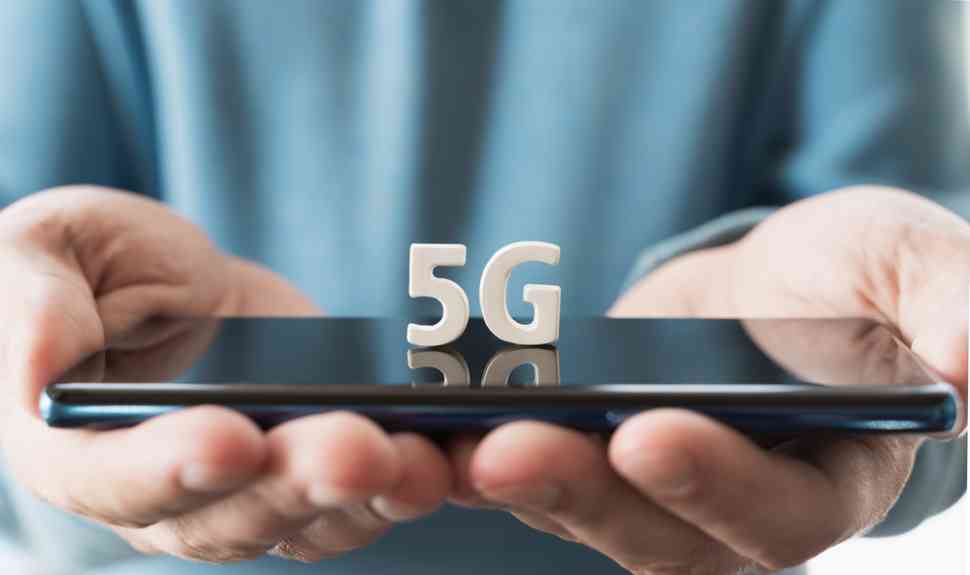How International 5G Deployment Is Shaping Amid Macroeconomic Challenges

The 5G network has tremendous growth globally. It is expected that 5G connections will surpass five billion globally by the end of 2028. The forecast for fixed wireless access has increased and is estimated to exceed 300 million connections within six years. This means an increase of 19% on an annual basis between 2022 and 2028. This growth is partly a consequence of the widespread availability of fixed wireless access in India and many other emerging markets.
The above data comes from the Ericsson Mobility Report, according to which over three-quarters of the communications service providers surveyed in over 100 countries currently offer fixed wireless access services. In fact, almost a third of telecommunications service providers offer fixed wireless access services via 5G, compared to one in five a year ago.
A large increase was registered from July to September 2022 concerning subscriptions to the 5G network worldwide. More specifically, globally, almost 110 million more subscriptions gained the 5G network between July and September 2022. Thus, the total number reached around 870 million. This proves that its development is much faster than 4G. From the above, 5G is the fastest-growing generation of mobile telephony. But let’s see where its growth is strongest around the world. North America and Northeast Asia continue to see strong 5G growth, with 5G connection penetration expected to reach around 35% by the end of 2022. Globally, nearly 230 carriers offer 5G services today.
At the same time, the growth of 4G subscriptions continues globally, recording an increase of approximately 41 million between July and September 2022. Global 4G subscriptions are expected to reach approximately 5.2 billion at the end of this year. Let’s not forget that the key factors driving this 5G growth include the early availability of devices from multiple vendors, with their prices dropping faster compared to 4G, and the significant deployment of 5G in China. Globally, nearly 230 carriers offer 5G services today, with more than 700 5G smartphone models announced or commercially launched.
Lastly, mobile subscriptions are expected to exceed 9.2 billion by the end of 2028. The majority of subscriptions are for smartphones. At the end of 2022, there will be an estimated 6.6 billion smartphone subscriptions, representing about 79% of all mobile subscriptions.
Ericsson’s latest report also highlights the importance of reducing environmental impacts. The telecommunications sector can play a key role in achieving global sustainability goals, both through reducing its emissions and through its ability to reduce carbon emissions in other industries. To reduce environmental impact, increasing data traffic must be addressed with intelligent network modernization combined with a balanced approach to network performance, according to the report.
Have you read?
How Pricing Can Drive Your Business by Mark Stiving.
Why Staying Active on LinkedIn Benefits Your Business — and How to Do It by Scott Scully.
Local Online Marketing Tips that Work for All Businesses by Lisa Nichols-Jell.
Book Review: Understanding Organizations . . . Finally! Structuring in Sevens, by Henry Mintzberg.
5 Elements for Successfully Closing Your Next Investor Pitch by Ashish Arora.
Bring the best of the CEOWORLD magazine's global journalism to audiences in the United States and around the world. - Add CEOWORLD magazine to your Google News feed.
Follow CEOWORLD magazine headlines on: Google News, LinkedIn, Twitter, and Facebook.
Copyright 2025 The CEOWORLD magazine. All rights reserved. This material (and any extract from it) must not be copied, redistributed or placed on any website, without CEOWORLD magazine' prior written consent. For media queries, please contact: info@ceoworld.biz








